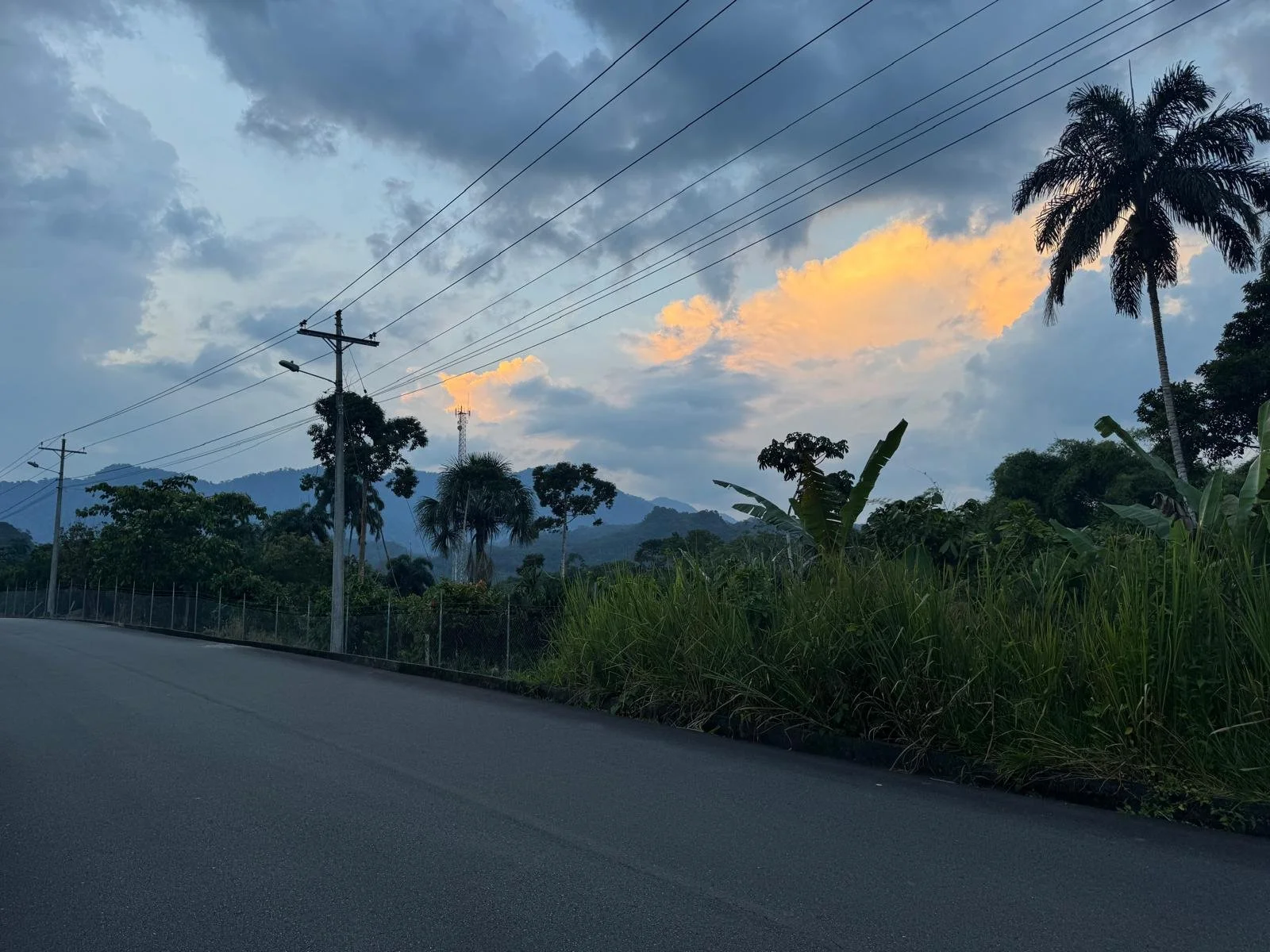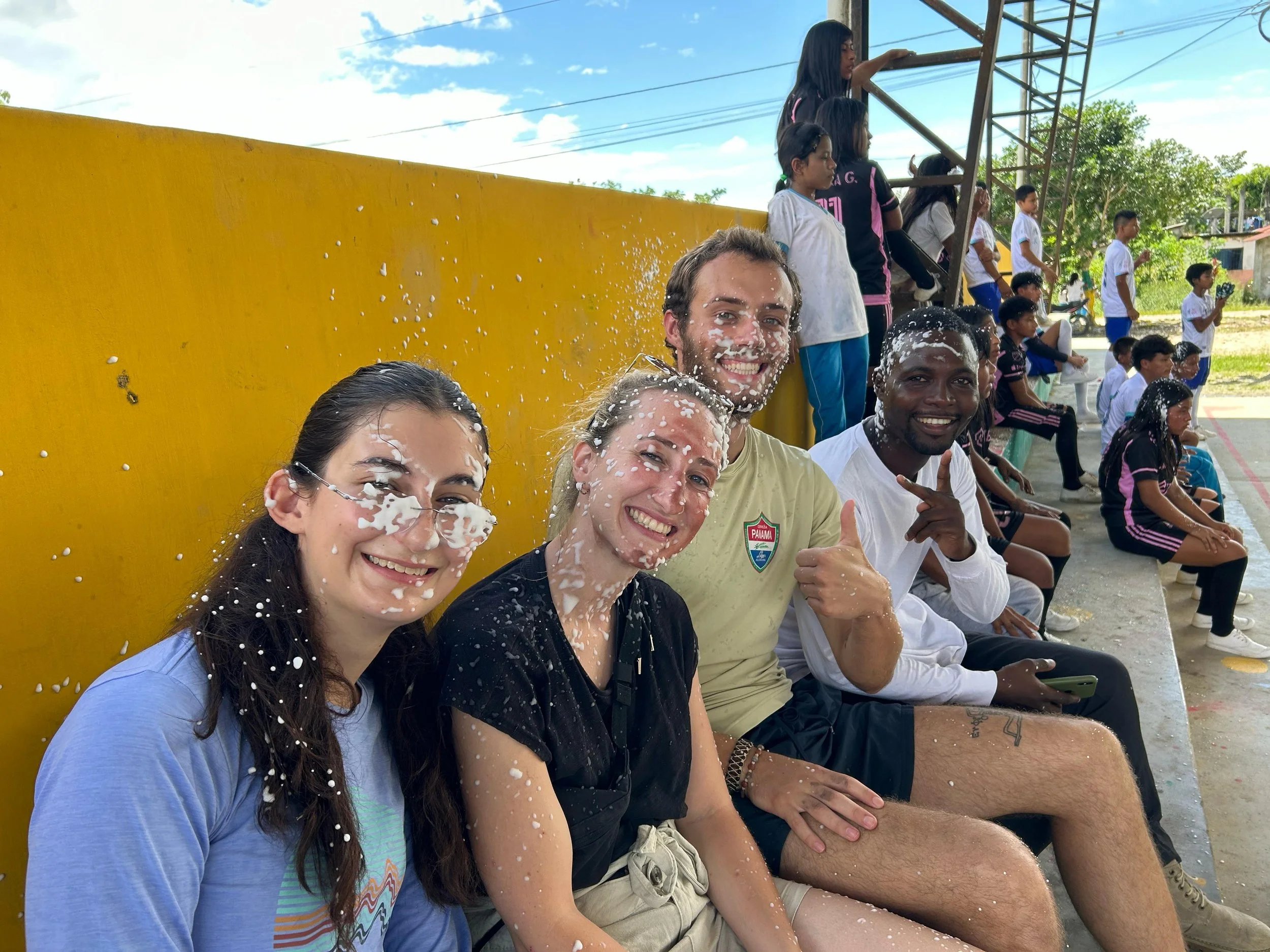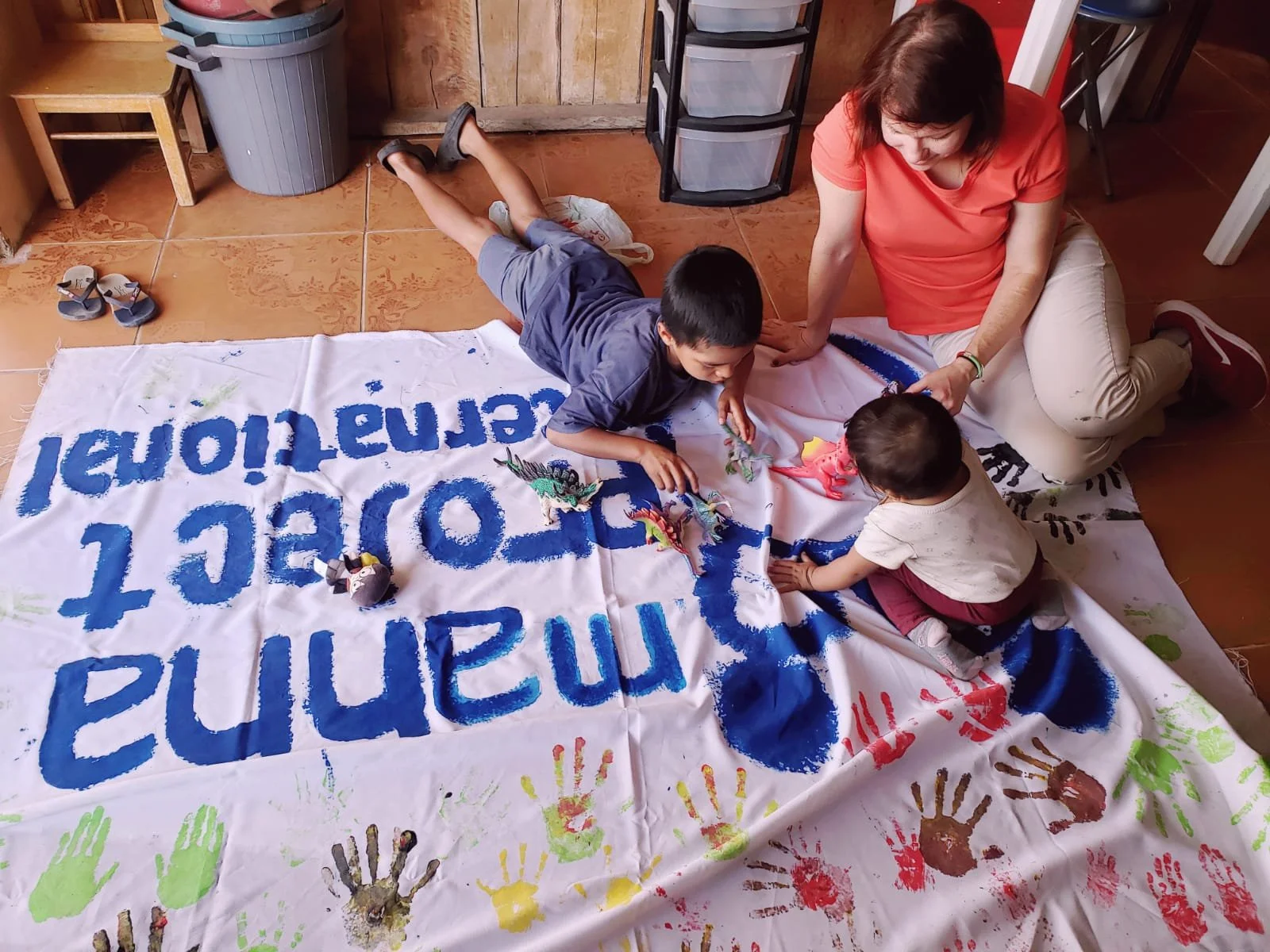As the title promises, I will show you how to make the perfect empanada by the end of this blog. However, I figured it was necessary to first begin with a bit of background on how this delicious post came to be.
When we first moved into the Manna House in late August, we were in a transition phase with the old Program Directors. Because of this, they still had the best sets of house keys to use on our outside gate… and we had ones that required an entire shake-jiggle-wiggle-push-pull-bang head against wall-yell in frustration-somehow luckily get door open- routine. Those who know me know that among other skills (ie. using chopsticks, whistling and blowing bubbles with bubble gum), using locks and keys has never been a strong suit of mine. However, climbing things most certainly is.
One particular afternoon (quite possibly the most crucial afternoon for the evolution of this blog post) I was trying (and failing) to do the aforementioned routine, when I realized that it would be possible to scale the wall in front of our house if 1) I was careful with the broken glass that was put along the rim and 2) I asked our neighbor if I could climb on her gate to eventually get to ours.
I went next door to introduce myself to our neighbor and explain my extremely embarrassing situation. I found myself talking to one of the best ladies I’d ever met. She introduced herself as Juanita and told me that she sells empanadas and morocho every Wednesday in front of her house. She told me that, of course I was welcome to climb her gate, but that a less radical solution would be for me to sit and eat an empanada while she simply opened my gate for me. Which she did, quite easily. Since that fateful Wednesday, I always stop by Juanita’s for an empanada con morocho and she always asks me if I’ve learned to open the gate (which thankfully, after getting better keys, I have).
Rather than just eating Juanita’s empanadas and morocho, I figured it would be way more educational for me (and you) to learn how to make them! Without further adieu, I present to you the 6 easy steps to your perfect empanada, courtesy of the Empanada Queen herself, Juanita.
1. Peanut Butter Masa Time (making the dough)
Empanada dough is made from flour, butter, yeast, salt, sugar and milk. Naturally, I was not given any specifics on exact quantities…all recipes in Ecuador are given with words that translate to “a little” or “a lot.” So besides telling you that you need a lot of flour and butter and only a little bit of salt and sugar, I can’t offer much more information. On top of this, Juanita makes her masa in the morning so it’s ready to use throughout the day, which is another reason why I don’t have all the details for you.
2. They see me rollin’
Mix the dough and form fist sized balls. Roll the dough with a rolling pin into an ovular shape.
3. Get cheesy
Place a pinch of cheese on one side of the empanada and fold it over (like a quesadilla). Roll the ends of the empanadas flat. Pick up the empanada and pinch/twist the ends shut.
4. Fry it Up!
Everything tastes better fried: cheese, onions, ice cream, hot dogs, oreos, pickles… I could go on forever. It’s just a fact. And of course, dough is no exception. Simply dunk your empanada into hot oil and it will puff up almost instantly. Empanadas with only a little bit of cheese (like the ones Juanita makes) are called empanadas de viento, or empanadas of wind, because there’s a little cheese inside and a lot of air.
5. Got Morocho?
Morocho is a milk and corn based drink that usually accompanies empanadas (morocho is the name of the corn used). It’s served hot and is fairly thick (can be eaten with a spoon, but I just drink it from the glass). It is pretty time-intensive to make, but oh so good to drink! The morocho must be soaked overnight and then ground the next day. The morocho is not supposed to be ground completely into powder but left to be a bit chunky. Then, the morocho is mixed with butter, water, salt, cinnamon, anise and milk and cooked for about 3 hours. Sugar is added as needed (Juanita is generous with her sugar, which why it tastes so delicious!)
6. Enjoy!
Nothing looks or smells better to me than Juanita’s empanadas con morocho after a long day at the Centro. Below is a quick video of the master at work, in case you wanted to see the process in full.



















